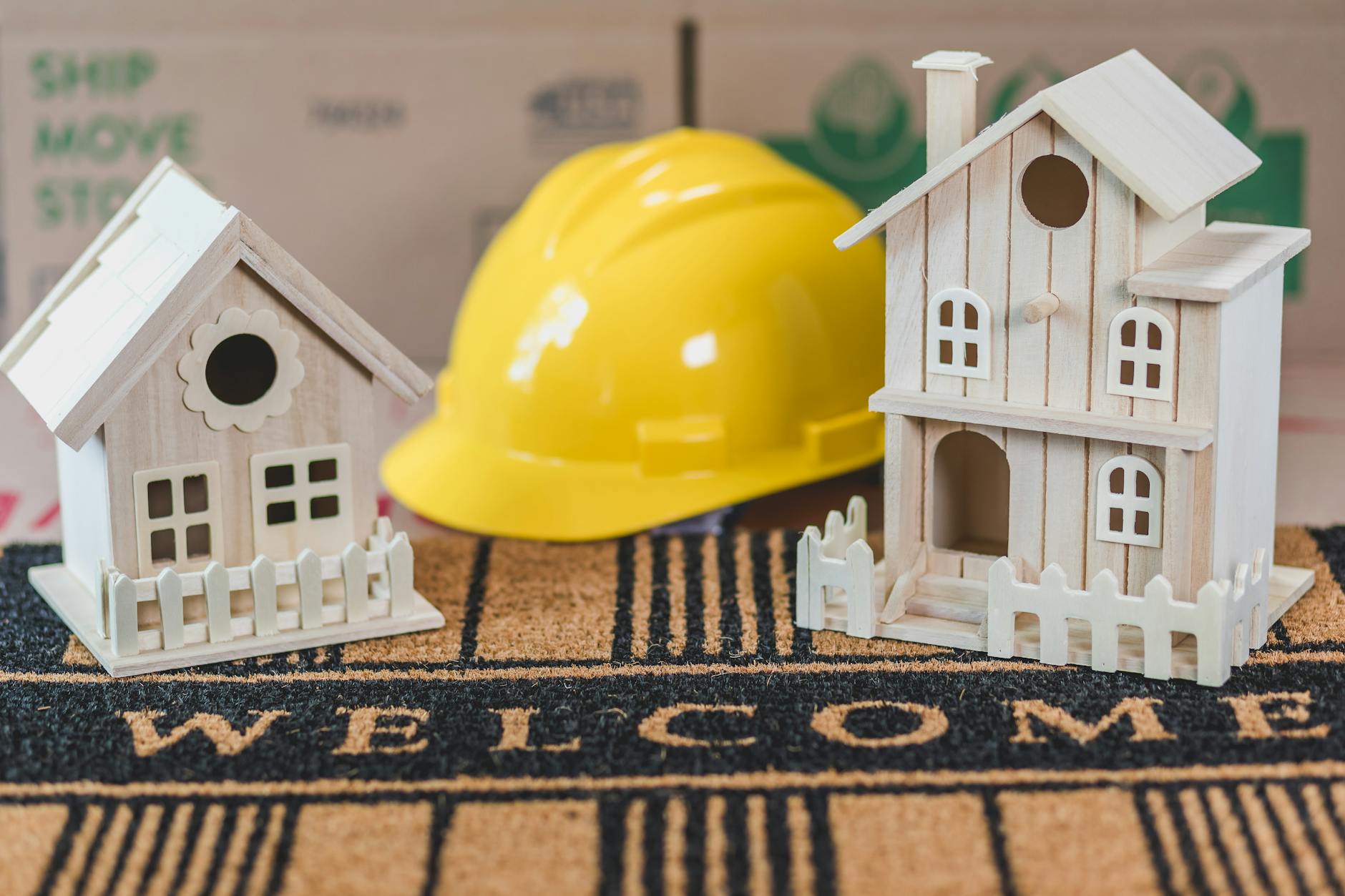Emerging Trends in Affordable and Low-Income Housing Development
Emerging trends in affordable and low-income housing development are reshaping the way communities approach one of the most critical challenges of our time: ensuring access to safe, sustainable, and cost-effective homes. As urban populations rise and economic pressures mount, developers, policymakers, and social innovators are collaborating to examine new materials, technologies, and financial models that make affordable housing more achievable. This article explores how advances in construction technology, policy reforms, community-driven design, and sustainable practices are driving this transformation. By understanding these interconnected trends, stakeholders can better address housing shortages, improve living conditions, and foster equitable growth across diverse populations. The following sections will unpack the main developments shaping the future of affordable living spaces.
Innovations in construction technology
One of the most significant trends revolutionizing affordable housing is the adoption of advanced construction techniques that reduce costs and speed up timelines. Prefabrication and modular construction have become increasingly popular because they allow builders to assemble housing components off-site before final installation, saving significant labor costs and minimizing waste. Furthermore, 3D printing of building elements is gaining momentum as a method to create affordable housing quickly in both urban and remote areas.
These technologies not only improve efficiency but also allow for customization, ensuring low-income residents receive homes designed for their unique needs. Construction automation tools and drones are also being implemented to enhance precision and manage complex projects more effectively.
Sustainable building practices and materials
The intersection of affordability and sustainability has given rise to a focus on eco-friendly housing solutions that lower utility costs and reduce environmental impact. Developers are increasingly incorporating materials such as recycled steel, bamboo, and insulated concrete forms, which offer durability without excessive expense.
Green building certifications like LEED and Passive House are becoming standard aspirations, even for low-income projects. Solar panels, rainwater harvesting systems, and energy-efficient appliances help minimize recurring costs for residents, improving long-term affordability. Such sustainability efforts contribute both to environmental stewardship and economic empowerment.
Policy innovations and funding mechanisms
Affordable housing development relies heavily on supportive government policies and creative financing to bridge the gap between construction costs and market realities. Trends include:
- Inclusionary zoning: policies requiring or incentivizing developers to include affordable units within market-rate projects.
- Housing trust funds: dedicated public funds allocated to finance affordable housing.
- Social impact bonds: investment vehicles that generate returns if projects achieve social outcomes, attracting private capital.
- Community land trusts: nonprofit organizations that own land and lease it to low-income homeowners, lowering purchase prices.
These mechanisms are critical in ensuring project viability, especially in high-demand urban areas where land and labor costs are barriers.
Community engagement and design for inclusivity
Successful affordable housing development is increasingly recognizing the value of involving future residents and communities in the design and planning process. Participatory design fosters a sense of ownership and addresses specific local needs, from accessibility features to community spaces that promote social cohesion.
Mixed-use developments that integrate housing with local services, shops, and public transportation options improve quality of life and reduce transportation costs for residents. Creating walkable neighborhoods that promote safety and connectivity also enhances long-term social outcomes.
| Trend | Key benefits | Challenges |
|---|---|---|
| Construction technology (modular, 3D printing) | Faster builds, cost savings, customization | Initial investment, skilled labor shortage |
| Sustainable building practices | Lower utility costs, environmental benefits | Higher upfront costs, need for specialized materials |
| Policy and funding innovation | Improved access to capital, balanced development | Regulatory hurdles, political will |
| Community engagement and inclusive design | Enhanced resident satisfaction, social cohesion | Time-intensive process, conflicting stakeholder interests |
Conclusion
The landscape of affordable and low-income housing development is experiencing dynamic shifts driven by innovation across construction technology, sustainability, policy frameworks, and community engagement. Leveraging modular construction and 3D printing speeds delivery and cuts costs, while sustainable building practices reduce long-term expenses and environmental impact. Policy innovations and diverse funding mechanisms play a pivotal role in overcoming financial barriers, facilitating the creation of accessible housing in demanding markets. Equally important is the active involvement of residents in shaping their living environments, ensuring that developments meet social and cultural needs. Together, these intertwined trends provide a blueprint for addressing the affordable housing crisis more effectively, promoting resilient, inclusive communities that stand to benefit from these holistic approaches.
Image by: RDNE Stock project
https://www.pexels.com/@rdne
editor's pick
latest video
news via inbox
Nulla turp dis cursus. Integer liberos euismod pretium faucibua


